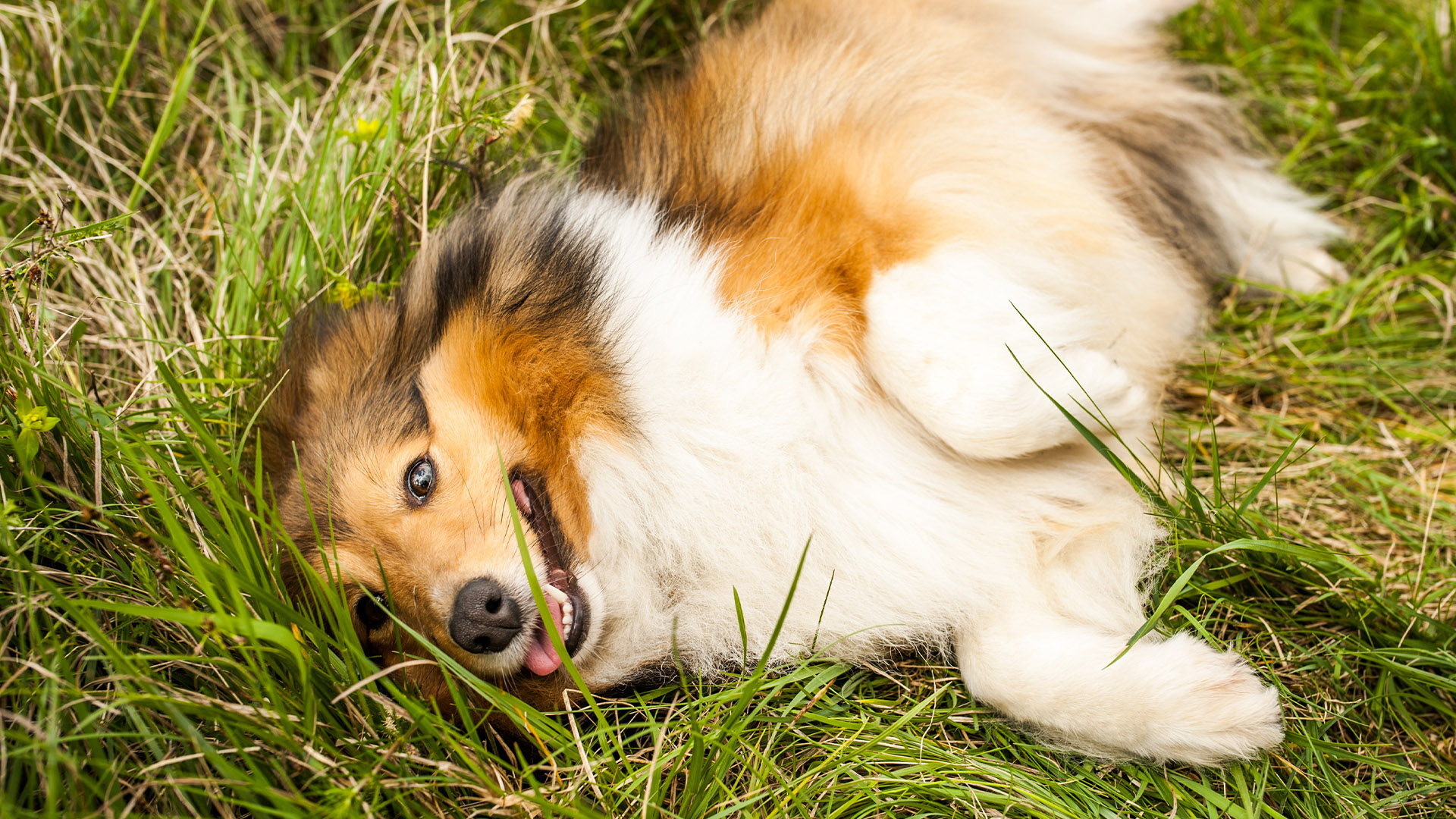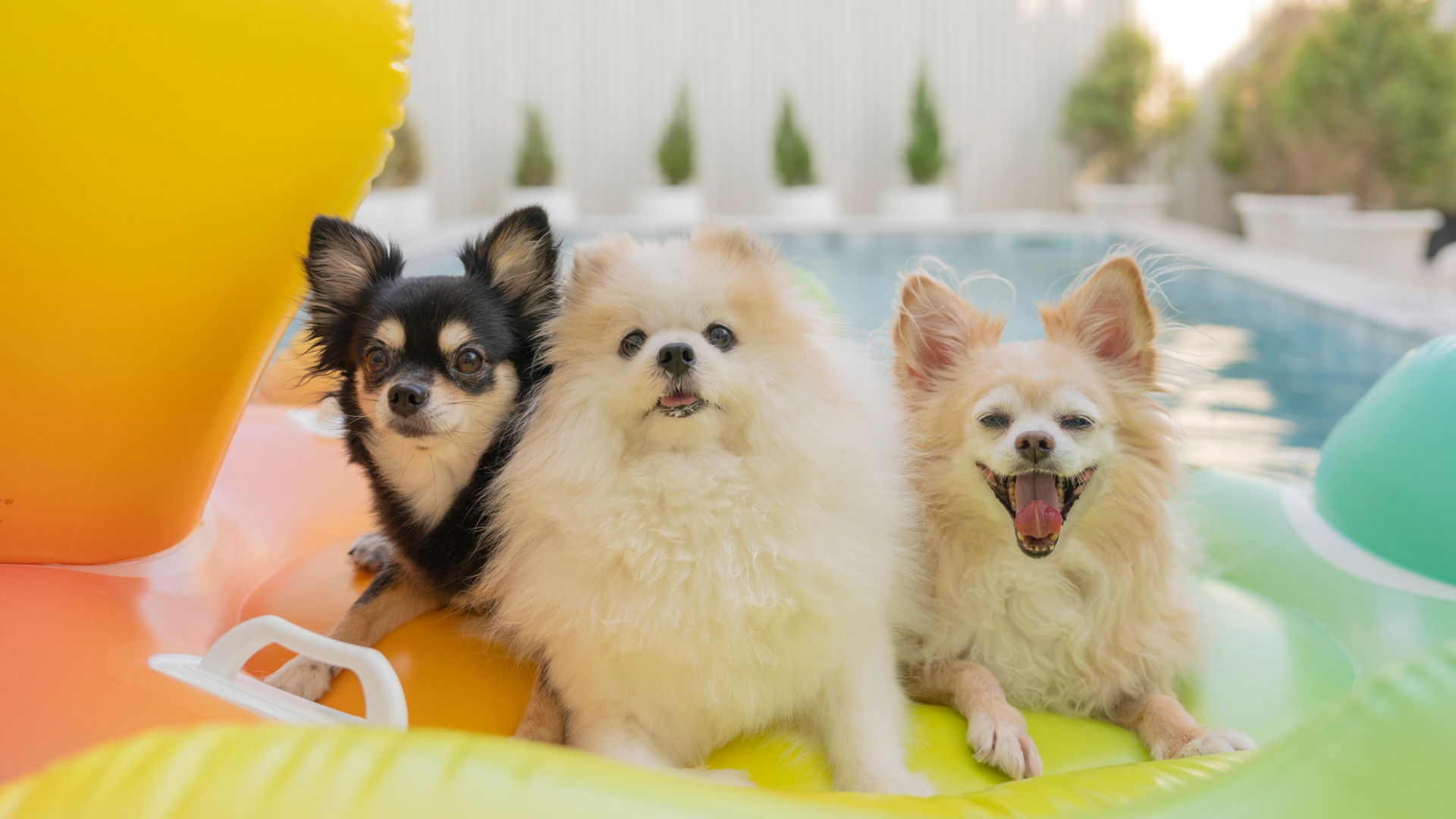Trainer warns dog owners that dog body language is often misinterpreted – here’s what to watch out for
Is your dog actually trying to diffuse a stressful situation?

Do you know how your dog is feeling? If you’re a dog parent, you might feel like you’ve got a good grasp on dog body language – maybe you do, and that’s great!
However, it can sometimes be difficult to tell what a dog is thinking, whether they actually like their new long-lasting dog chew or are annoyed that we’re too busy with work to play with them at this very minute.
What we think they’re trying to tell us could be totally different from what they’re actually saying. Just like how a word or gesture that’s considered friendly in one country might be deeply offensive in another, behavior that we’d assign one meaning to could indicate something else entirely for dogs.
While we won’t ever know everything our pups are thinking and feeling, there are things we can bear in mind. Certified dog trainer Melissa Goodman of Mission Pawsitive has explained what we might not realize from our dogs’ body language in a new Instagram post, and it’s really insightful.
A post shared by Melissa Goodman | Dog Trainer (@missionpawsitive)
A photo posted by on
In the video, Goodman is working with a dog, Pooh, who looks excited and ‘bouncy’. “Does this look like play or excitement to you?” she asks. “Well, it’s not…”
She explains that, while fitting a new harness on Pooh, she tossed some treats on the ground to encourage him to keep still.
“He quickly started getting very wiggly and flopping around,” she continues, describing his body language, “which is all appeasement behavior indicating he is a little uncomfortable with what I’m doing.”
PetsRadar Newsletter
Get the best advice, tips and top tech for your beloved Pets
Goodman explains that, at the time of filming the video, Pooh doesn’t know her well, and isn’t sure what to think about her bending over him and putting something new on him.
She compares it to someone laughing when something isn’t funny when they’re uncomfortable, and explains that dogs can do this when they’re overwhelmed, anxious, nervous, or overstimulated, too: “That’s basically what Pooh is doing,” she says. “Some breed types like sporting and herding breeds tend to have this type of response.”
However, it’s very easy to misinterpret this behavior as playfulness – or as obnoxious behavior, which can often be punished by dog parents.
“This is a great example that shows you don’t always know what may be a challenge until you’re in the moment and that’s where you have to be ready to adjust,” Goodman sums up – take a look at these things your pet is trying to tell you for more advice!
Would you like to learn more about body language in dogs? You might find this article from a fellow dog parent useful: I learned these five dog body language cues and they changed my relationship with my dog.

Adam is a freelance journalist specialising in pets, music and culture, and mental health and wellbeing. He investigates and writes the large majority of news on PetsRadar, and collaborates with veterinary experts to produce informative pet care content.
Adam has a journalism degree from Southampton Solent University and a masters degree in Magazine Journalism from Cardiff University. He was previously senior editor at dog advice website DogTime.com, and has also written for The Independent, GoodToKnow and Healthline.
He owns two rescue cats, Bunny and Dougie, and has also previously had a rabbit, fish and Roborovski dwarf hamsters.
